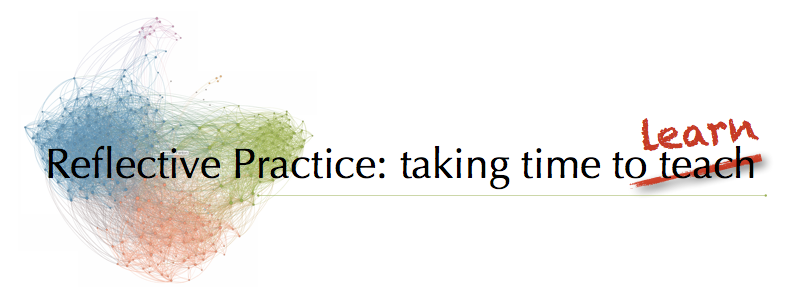"You don't understand anything until you learn it more than one way."~Marvin Minsky
I distinctly remember my frustration in math class as a child when my teacher would impatiently say, 'Just do this,' and then proceed to show me some algorithm that I was expected to memorize and use on the test. I had no idea what I was doing and it was always a mystery to me why sometimes it worked and my answers were correct and other times it didn't. I couldn't tell if my answers were close, because I had no idea what I was doing. And yet, I passed the tests. I will never forget my great, 'Ah, ha' moment when in high school a teacher actually took the time to show me what was happening when we applied these mysterious steps to arrive at a solution. By constructing models and visualizing the numbers, I finally understood what was going on. Finally, it made sense ~ it was such a relief.
I keep this experience close as a teacher as I never want to put my students through such an ordeal. I believe educators are much more aware today of the importance of students constructing their own meaning and that there are many ways to arrive at a mathematical solution.
The following is a brief account of my Grade 4 class investigation into multiplication as it appeared on our class blog.
One of the key ideas I hope students develop as a result of a mathematical investigation is that there is more than one way to approach any problem. This is true as well for number operations. During our exploration of multiplication, students have been encouraged to try new methods to build a deeper understanding of this concept.
We began our investigation by giving students multiple opportunities to build on what they already know. We shared the different ways in which we can represent multiplication with simple expressions, such as 3 x 4. Our class collaboratively built a chart with the following models:
We then explored how we might apply this knowledge to multiply larger numbers. Students worked in small groups and constructed models using two digit numbers in their expressions. Some representations worked well, others we discovered were not practical for larger numbers. Many students used this opportunity to share algorithms they were already familiar with. As a challenge, the students were asked to use base ten blocks to show what was happening in the steps of their method. This resulted in our first class method of multiplication, Multiplying in Expanded Form.
We then took a closer look at how arrays might be helpful when multiplying larger numbers. While it provided a good visual representation of an expanded form of the larger number as we decided it was not really practical to make arrays for very large numbers. This was our second class method, Multiplying with Arrays.
After constructing an understanding of multiplication with large numbers, students were keen to find methods that would not take as much time to calculate. We went back to the algorithms shared earlier by the students. Now, the students had a much better understanding of what was happening when we used this method, that we have name, Regroup and Carry.
For students who wanted to a a clearer picture of the regrouping that took place, we devised two other methods that illustrate what is happening during the process. We called these Place Value Multiplication and Vertical Multiplication.
Today I introduced two other methods for the students to try. The first is very similar to our expanded form method. The second one is commonly called the Lattice Method and many of the students have decided this is a favourite way to multiply.
I encourage you to talk to your child about the different methods and discuss which way they prefer to multiply. Do you have a favourite method?








